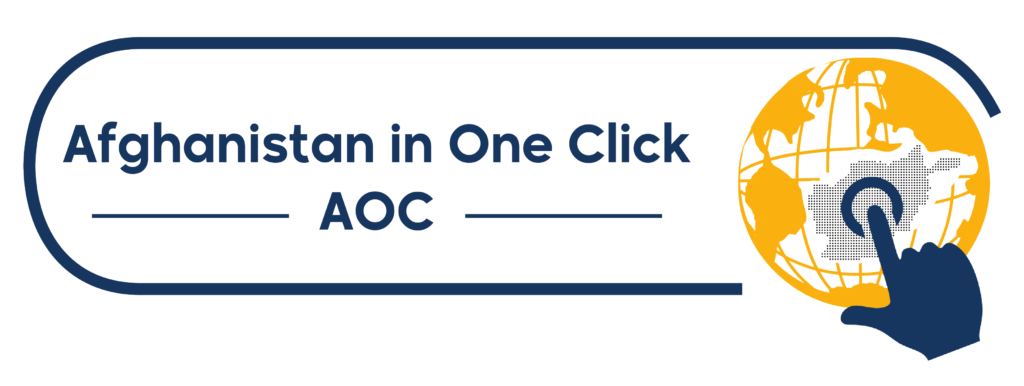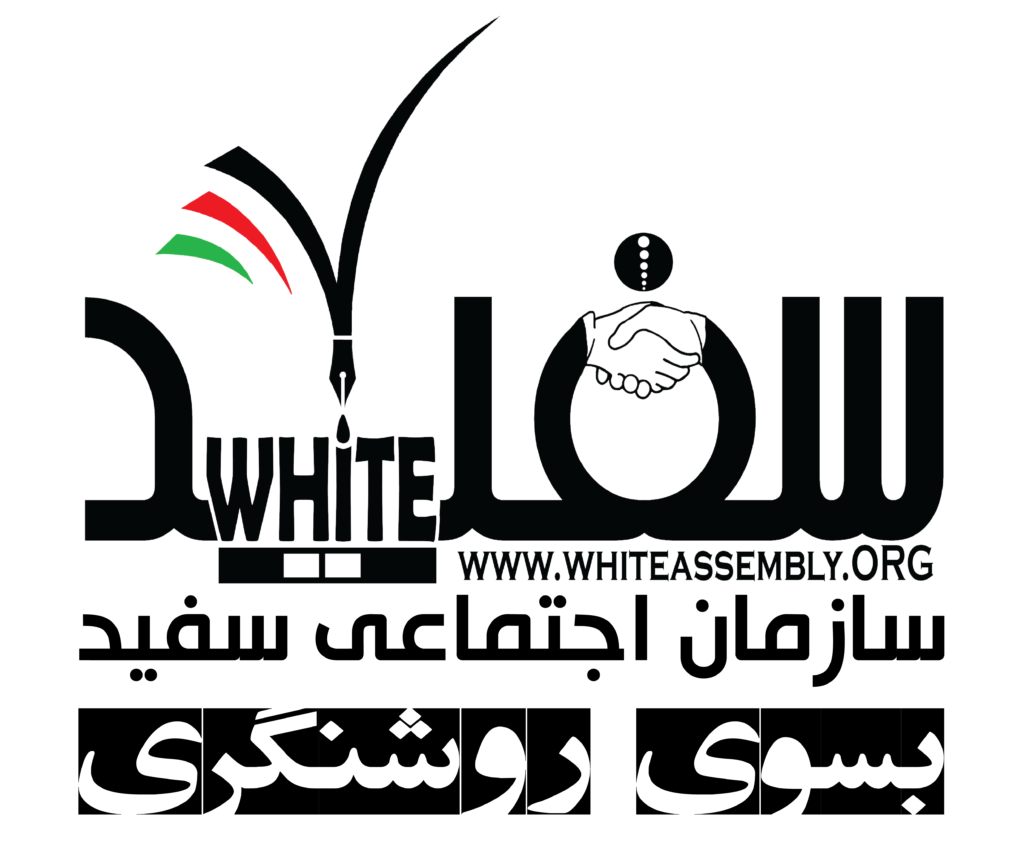Afghanistan’s Taha Ishaqi wins gold in Asian Wushu Championships
 Mohammad Taha Ishaqi, member of Afghanistan’s national wushu team, won a gold medal at the Asian Wushu Championships in Shanghai, marking a rare sporting triumph for the country on the international stage.
Mohammad Taha Ishaqi, member of Afghanistan’s national wushu team, won a gold medal at the Asian Wushu Championships in Shanghai, marking a rare sporting triumph for the country on the international stage.
Ishaqi secured first place in the taolu – tai chi jian category at the 12th edition of the tournament, which runs through July 30 in China. Earlier in the competition, he earned a silver medal in the tai chi quan form, bringing his total to two medals.
Afghanistan has so far collected three medals in the event, including Ishaqi’s gold and silver in taolu, and a bronze medal in sanda won by Ahmad Akbari in the 52-kilogram weight class after defeating an opponent from Turkmenistan.
The Afghan team, made up of five athletes and two federation representatives, is competing against participants from across Asia in an event that runs from July 23 to 30.
Afghanistan’s Ismail Kakar wins silver at International Kurash Tournament in Paris
 Ismail Kakar, member of Afghanistan’s Kurash team, won a silver medal at an international Sambo-Kurash competition held in Paris, finishing as runner-up in a field of athletes from 25 countries.
Ismail Kakar, member of Afghanistan’s Kurash team, won a silver medal at an international Sambo-Kurash competition held in Paris, finishing as runner-up in a field of athletes from 25 countries.
According to Afghanistan’s Sambo-Kurash Federation, Kakar defeated opponents from Congo, France, and Tajikistan during the tournament, which was part of the Uzbekistan President’s Prize series.
The competition, hosted by France, drew participants from across Europe, Asia, and Africa and was considered one of the major international events in the sport.
Former president Hamid Karzai congratulated Kakar in a message posted Wednesday on the social media platform X, praising his performance and calling it a source of national pride.
“I congratulate Esmail Kakar, a member of Afghanistan’s national Kurash team, on winning the silver medal at the world championships in Paris,” Karzai wrote. “I hope all our talented and hardworking athletes achieve more success on international stages and continue to raise Afghanistan’s name with honor.”
In his message, Karzai added that such accomplishments are a point of pride for the country and could serve as inspiration for Afghanistan’s younger generation to pursue excellence in sports and beyond.
MMA fighter Mujtaba Panjsheri defeats Pakistani opponent
 Mojtaba Panjsheri, an Afghan mixed martial arts fighter, knocked out his Pakistani opponent, Asad, in under a minute during a professional bout Saturday evening in Lahore.
Mojtaba Panjsheri, an Afghan mixed martial arts fighter, knocked out his Pakistani opponent, Asad, in under a minute during a professional bout Saturday evening in Lahore.
The match, part of the semi-main card of Pakistan’s Elite Fighters Association (ETF) competition, showcased Panjsheri’s dominance as he landed a decisive right-hand punch that ended the fight early in the first round.
Panjsheri, who has emerged as a rising talent in the regional MMA circuit, dedicated his victory to Afghan returnees who have recently been deported from Iran and Pakistan.
“This win is for those who have endured hardship and are returning home with uncertainty,” he said after the fight.
Last month, Panjsheri also defeated an Iranian opponent, continuing his undefeated streak in international bouts.
Amo Crowned Champions of Shpageeza T20 League
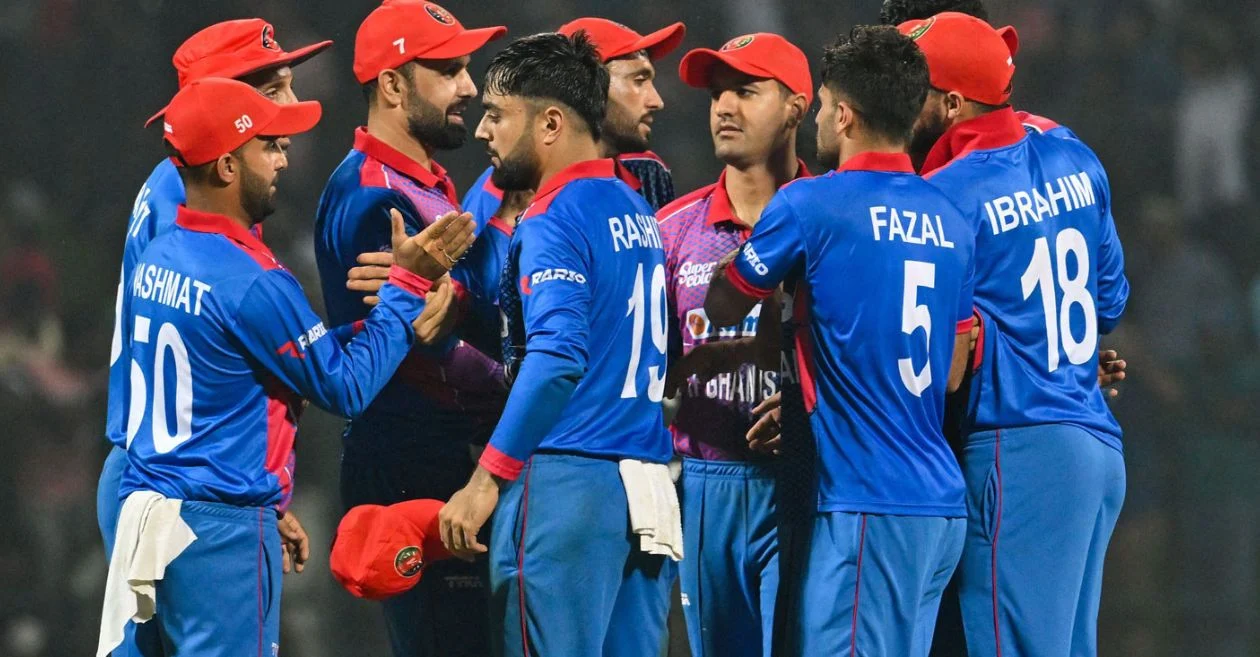 The Amo Sharks cricket team clinched the title of the 10th season of the Shpageeza Twenty20 League after defeating Mis Ainak Knights by 8 wickets in the final match.
The Amo Sharks cricket team clinched the title of the 10th season of the Shpageeza Twenty20 League after defeating Mis Ainak Knights by 8 wickets in the final match.
In today’s final (Thursday, July 31), Mis Ainak batted first against Amo and, after losing all their wickets in the 17th over, set a target of 122 runs for the Amo Sharks.
In the batting department, Rahmanullah Gurbaz scored the most runs for his team, Mis Ainak.
In the second innings, the blue-clad Amo side successfully chased the target set by Mis Ainak in the 13th over, sealing the victory by 8 wickets.
The 10th season of the Shpageeza Cricket League had been underway in Kabul with the participation of five teams: Amo Sharks, Boost Defenders, Spin Ghar Tigers, Mis Ainak Knights, and Band-e-Amir Dragons.
Afghanistan Expands Trade with Over 100 Countries
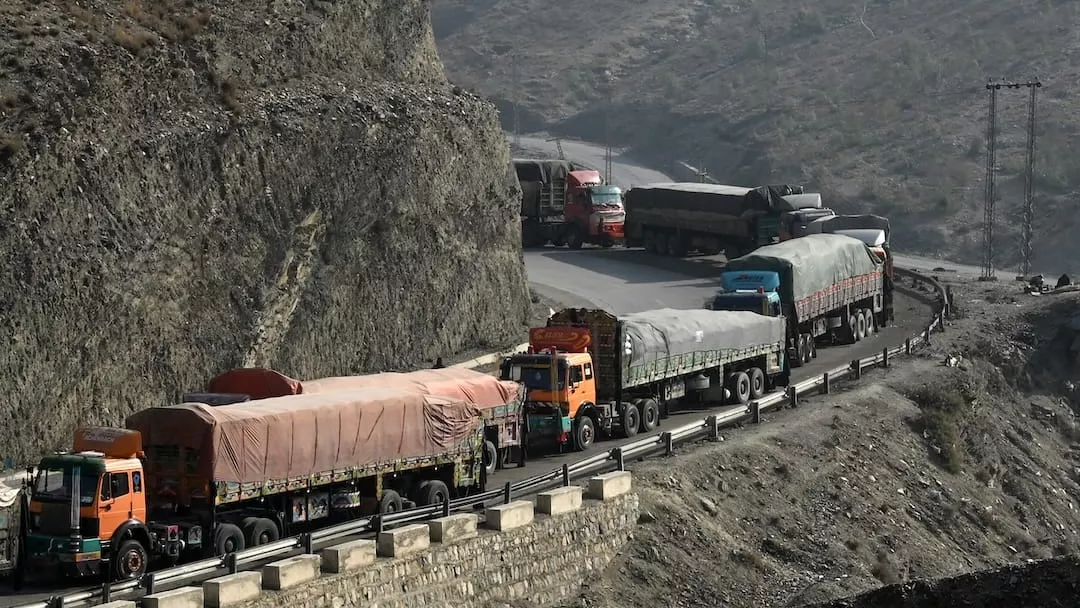 The Ministry of Industry and Commerce, in its annual achievements briefing, announced that Afghanistan’s trade relations have expanded to more than 100 countries worldwide.
The Ministry of Industry and Commerce, in its annual achievements briefing, announced that Afghanistan’s trade relations have expanded to more than 100 countries worldwide.
Nooruddin Azizi, the acting minister, stated that Afghanistan’s total trade volume has reached 13 billion U.S. dollars, and efforts to balance the country’s trade deficit are ongoing.
He said: “We are working to find new markets, and this year, we plan to organize exhibitions in Kyrgyzstan, Azerbaijan, and Oman. We also aim to hold exhibitions showcasing Afghanistan’s private sector in countries that need our products, to increase our exports.”
Officials from the Ministry added that the country’s gross domestic product (GDP) has exceeded 17 billion dollars and emphasized that by supporting domestic production and creating investment-friendly conditions, Afghanistan is moving toward economic growth.
Azizi further highlighted that multiple visits have been made to regional countries to expand trade cooperation, and efforts are underway to utilize transit corridors such as Chabahar and Wakhan.
Additionally, the Industrial Zones Law was ratified last year, and the process of distributing 160,000 acres of industrial land to manufacturers has begun.
The minister stated: “Afghanistan’s GDP was 14.58 billion dollars, it has now reached 17.3 billion dollars.”
Other ministry officials mentioned that returning industrialists have been granted incentives, including tax exemptions. Over the past year, 400 million dollars in investment has been attracted, and more than 1,100 Afghan investors have returned to the country, collectively investing in 35 manufacturing companies.
Sibghatullah Akhundzada, head of the Investment Promotion Directorate, said: “Among the 1,100 returning investors, nearly 100 have launched operations in the industrial sector. Many others have invested in ministries such as Mines. According to the Economic Deputy’s figures, 415 billion Afghanis have been invested.”
Nasrullah Sahebzada, senior advisor to the ministry, said: “Our main exports have gone to Pakistan, India, and the United Arab Emirates. Nearly one billion dollars in goods have been exported to Pakistan alone. Our largest volume of imports, however, comes from Iran.”
The Ministry of Industry and Commerce also announced future plans to include a 10% increase in GDP, a 25% growth in exports, the attraction of 500 million dollars in new investments, and the creation of over 100,000 jobs.
18,000 Carats of Panjshir Emeralds Sold So Far In 1404
 The Ministry of Mines and Petroleum has announced that since the beginning of 1404 (solar calender), 18,000 carats of Panjshir emeralds have been sold through five rounds of bidding.
The Ministry of Mines and Petroleum has announced that since the beginning of 1404 (solar calender), 18,000 carats of Panjshir emeralds have been sold through five rounds of bidding.
The ministry stated that the total value of these emeralds is estimated at 1.1 million USD and added that the sale process was conducted transparently.
Homayoun Afghan, spokesperson for the Ministry of Mines and Petroleum, told media: “Since the beginning of 1404, five rounds of bidding for Panjshir emeralds have been held, during which approximately 18,000 carats of emeralds worth 1.1 million USD were sold.”
In addition to the sale of emeralds, the ministry also reported the discovery of new emerald mine sites in the Pariyan district of Panjshir and said that technical teams will soon be dispatched to conduct detailed surveys of these areas.
“In the Pariyan district of Panjshir province, the existence of mineral have been observed in several areas. The Ministry of Mines plans to send technical survey teams to the sites for a detailed assessment. After the survey, God willing, we plan to offer the next areas for contract as well.” Added Afghan.
Meanwhile, economic experts emphasize that the legal and transparent extraction of mines especially precious stones can positively impact national revenue and job creation.
Mohammad Asif Stanekzai, an economic analyst, told: “If these mines are extracted in a standardized manner and in accordance with international criteria, they can fortunately ensure national revenue. Afghanistan can rely on its precious stones to finance both its national and specialized budgets.”
According to the Ministry of Mines and Petroleum, so far 600 official mining licenses have been issued for emerald mining, and more than 15,000 people are employed in various sectors of the emerald industry.
Returning Afghan Launches Soap Factory in Kandahar
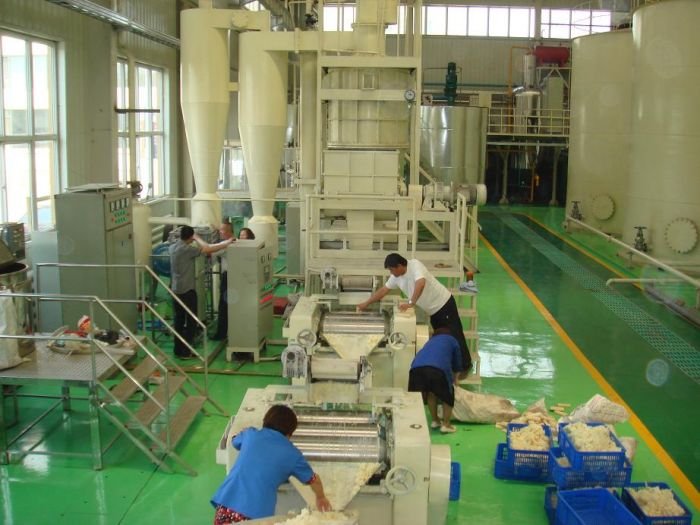 An Afghan who recently returned from Pakistan has launched a soap production factory in Kandahar province.
An Afghan who recently returned from Pakistan has launched a soap production factory in Kandahar province.
Along with his family members, he produces up to 50 kilograms of soap daily but seeks support to expand his operations.
Obaidullah, the manager of the soap factory, said: “The quality of my products is good, there is a strong market demand, we have many customers, and we produce up to fifty kilograms daily.”
He has established the laundry soap factory in a rented house in Kandahar’s District 2 with an investment of 600,000 Afghanis.
Obaidullah added: “If the government helps us build a proper factory, our business will grow even more.”
He said his products are unmatched in the region in terms of quality, but due to economic constraints, he cannot expand his business.
Hanfiya, a factory worker, said: “I study and also work with my father in the factory. I ask the government to support us.”
Meanwhile, officials emphasize the importance of supporting returnees who start businesses upon their return to Afghanistan.
Naematullah Olfat, Head of the Return and Reintegration Department at the Kandahar Directorate of Refugees and Repatriation, said: “Entrepreneurial returnees who approach us submit applications. We, on behalf of the government and charitable organizations, provide assistance, which can be useful for the growth of their businesses and offer them support.”
According to officials, work committees have been activated at all national border crossings to register and facilitate employment for skilled Afghan returnees from Iran and Pakistan and to assist them in restarting their businesses.
Afghanistan Exports Detergents to Europe for First Time
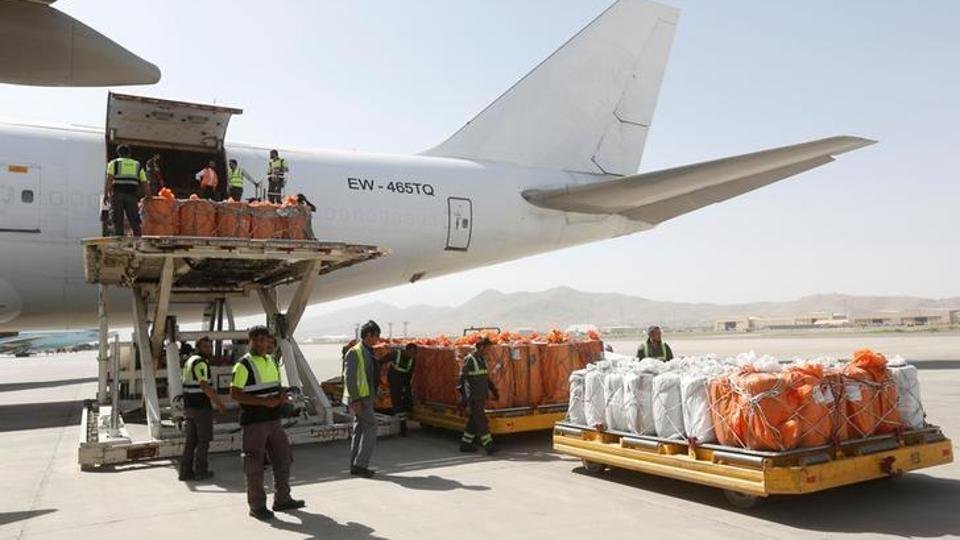 For the first time, a manufacturing company in Balkh has exported a 21-ton shipment of detergent products from Afghanistan to Europe.
For the first time, a manufacturing company in Balkh has exported a 21-ton shipment of detergent products from Afghanistan to Europe.
According to officials, the private company has signed a five-year export contract with London for this product.
Rasuldad Amini, CEO of the private company, said: “This is our third shipment. The first was exported to Tajikistan and Uzbekistan, and today we have progressed from Asia to Europe, with our products shipped to London, UK.”
The head of Industry and Commerce in Balkh described the export as a sign of a new era for Afghanistan’s production and private sector.
Amir Mohammad Muttaqi, Head of Industry and Commerce in Balkh, said: “These innovations show that Afghan products match international standards in terms of quality and are capable of entering global markets.”
Members of the private sector emphasized that Afghan manufacturers and investors must work toward exports to support economic growth and job creation.
Asadullah Asadi, Head of the Balkh Chamber of Commerce and Investment, said: “Now that we’ve achieved political independence, we must also strive for economic independence. Without achieving economic self-reliance and balancing imports and exports, we cannot reclaim our dignity.”
Emamuddin Sanaie Zada, Head of the Balkh Chamber of Industries and Mines, also said: “We must create job opportunities for returning migrants. How long will we continue depending on others?”
Currently, in addition to agricultural products, Afghanistan exports carpets, traditional clothing, gemstones, and carbonated beverages to European countries.
Traders invest 1.4b afs in agricultural sector last year
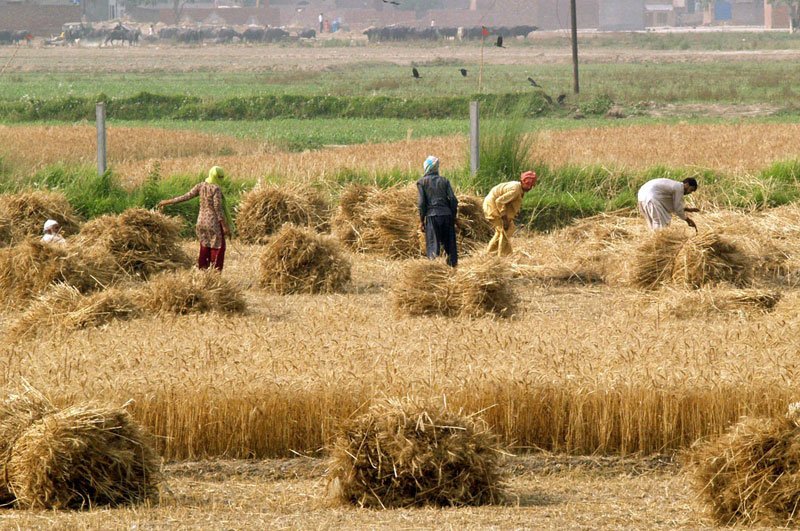 The Ministry of Agriculture, Irrigation and Livestock says $192 million was invested in the agricultural sector by national and international institutions, and 235 investors were provided with investment opportunities worth over 1.4 billion afghanis last year.
The Ministry of Agriculture, Irrigation and Livestock says $192 million was invested in the agricultural sector by national and international institutions, and 235 investors were provided with investment opportunities worth over 1.4 billion afghanis last year.
As part of the annual program to explain the achievements of government agencies, the Ministry of Agriculture, Irrigation and Livestock today presented its achievements for the past 1446 Hijri.
In a meeting held in this regard, Mullah Aghajan Akhund, Deputy Minister of Finance and Administrative Affairs for the Ministry, said that last year, over 1.4 billion afghanis were provided to 235 investors to attract investment in the agricultural sector, and about 192 million US dollars were invested in agriculture, irrigation, and livestock projects by 118 national and international institutions.
According to him, in 1403, 86 contracts worth over 340 million afghanis were awarded to 64 companies through open bidding.
At the meeting, Baz Mohammad Faizan, Deputy Minister of Irrigation and Natural Resources, explained the ministry built 138 check dams in 10 provinces to recharge groundwater.
Natural resources and forests are considered national assets of the country, and their protection and restoration are being seriously pursued by the Ministry, which is striving to expand the country’s forests, he added.
He claimed the ministry identified factors of drought and shared them with other agencies to take necessary measures to reduce and prevent its negative impacts.
Deputy Minister of Agriculture Maulvi Sadr Azam Usmani added last year, hundreds of greenhouses and orchards were built in the country in coordination with partner institutions and the private sector.
Osmani added in order to further boost agricultural activities, over 43,000 metric tons of wheat seeds, chemical fertilizers, and hundreds of tons of improved quality seeds of vegetables, saffron, cotton, ginger, and other medicinal plants were distributed to farmers in 34 provinces.
Last year, the Ministry of Agriculture provided 1.4 billion afghanis from the Agricultural Development Fund to farmers, livestock farmers, and the private sector through Murabaha and Mudarabat services.
According to the Ministry, over 250,000 seedlings were produced last year, and over 100 million seedlings and plant cuttings were planted through planting campaigns across the country.
Afghan Health Projects Extended to 2026 with WB, ADB Support
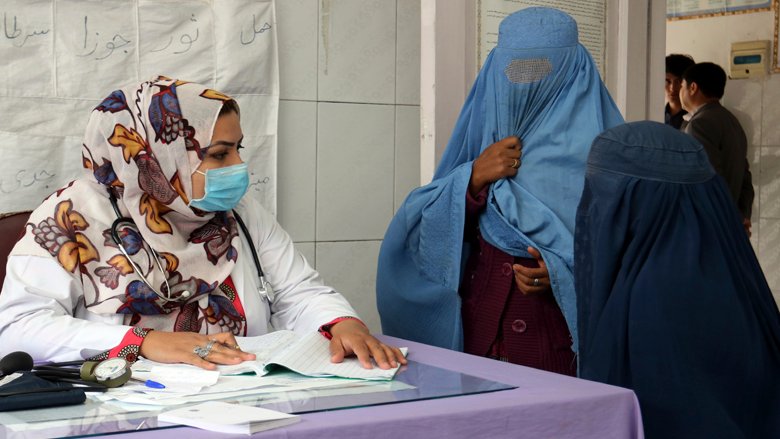 The Ministry of Public Health has announced that projects funded by the World Bank and the Asian Development Bank will continue in Afghanistan until the end of 2026.
The Ministry of Public Health has announced that projects funded by the World Bank and the Asian Development Bank will continue in Afghanistan until the end of 2026.
Officials at the ministry stated that over the past year, approximately 263 million Afghanis were provided in support by various organizations. Of the 174 incomplete health projects, 12 have been completed.
Noor Jalal Jalali, Acting Minister of Public Health, said: “Over the past year, the Ministry of Public Health maintained strong coordination with international partners in the health sector. Each of our projects with the World Bank and the Asian Development Bank is scheduled to continue through to the end of 2026.”
Sharafat Zaman Amarkhil, the ministry’s spokesperson, stated: “Last year, charitable organizations and international institutions contributed 263 million Afghanis to the health sector across the capital and provinces.”
Bakhturrahman Sharafat, Deputy Minister for Finance and Administration, said: “Following the return of the de facto government, 174 health projects were left incomplete. With the special support of the esteemed Amir al-Mu’minin, funding was allocated to the ministry for project completion. As a result, 12 of those projects were completed during the past year.”
Key achievements highlighted by the ministry include: expansion of several hospitals and health centers, establishment of hemodialysis centers, a DNA testing lab, centers for treating diabetes and cancer, provision of services for treating malaria, CCHF, tuberculosis, HIV/AIDS, and cancer, launch of measles and polio vaccination campaigns, treatment of 2.2 million mothers and children with moderate malnutrition, and the performance of 245,400 surgical procedures.
Abdulwali Haqqani, Deputy Minister for Health Services, said: “Last year, nearly 2.2 million mothers and children suffering from moderate to severe malnutrition received treatment. Additionally, around 3,600 persons with disabilities were provided with prosthetics, orthotic devices, and wheelchairs.”
The Pharmaceutical and Food Authority within the Ministry also reported that over the past year, licenses were issued for 12 pharmaceutical factories and 113 import companies. A total of 52,429 medical items and 5,529 hygiene products worth $149 million were imported into the country.
Naimullah Ayoubi, Director General of Pharmaceutical Regulation, said: “We call on all investors to invest inside the country, as the environment for investment is more favorable now than ever before.”
This comes as several international bodies and governments had previously warned of a potential collapse of Afghanistan’s healthcare system.
Health Challenges Facing Deported Afghans at Borders and Camps
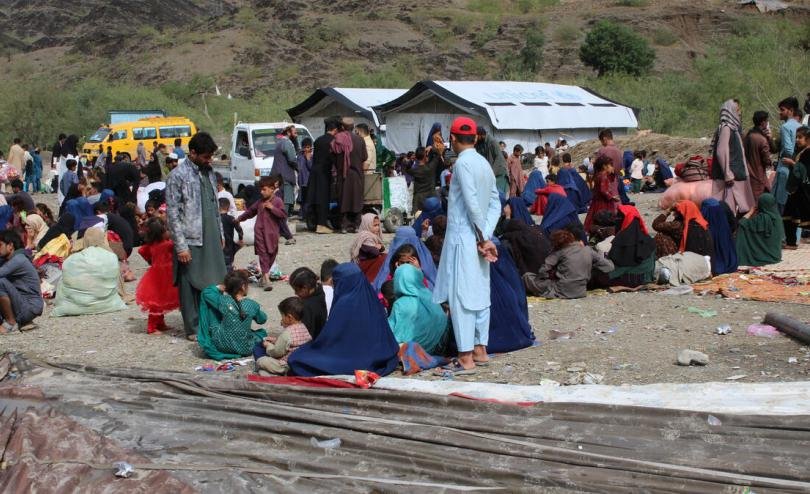 Afghan deportees from Iran are facing health challenges at the borders and in internal camps.
Afghan deportees from Iran are facing health challenges at the borders and in internal camps.
According to them, the heat has caused some to fall ill during the journey.
Shah Mohammad, one of the deportees from Iran, said: “We haven’t seen any doctors here. When we were in Nimroz and said we were sick, they just gave us a tablet and nothing more. There was no doctor there to ask what illness we had.”
Habiba, a resident of Kunduz Province who spent three years in Iran, was recently forcibly deported from the country.
She is now staying in a migrant camp in Kabul with her sick husband and young child, waiting to be transferred to Kunduz.
Habiba told TOLOnews: “My husband suffers from head, stomach, and leg pain, and it’s very difficult for us to take him outside.”
Meanwhile, the Ministry of Public Health has announced that eleven health centers have been activated at the Islam Qala border to provide services to deportees.
Sharafat Zaman Amarkhil, spokesperson for the ministry, said that 120 medical staff are offering services to deportees across various departments in these centers.
He added: “Eleven health centers have been activated in the Islam Qala area of Herat by the Ministry of Public Health, and 120 staff members are providing services to their fellow citizens there.”
This comes amid a new wave of forced deportations and mistreatment of Afghan migrants in Iran, which has raised serious concerns among the United Nations and other international organizations.
Nutritional Emergency Threatens Afghan Children
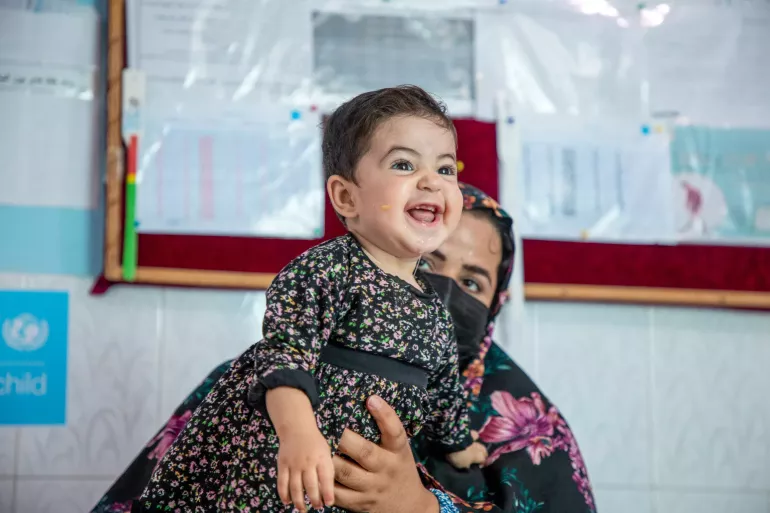 Seyda, a resident of Nangarhar, says her infant has been suffering from malnutrition for the past six months and is currently hospitalized at Indira Gandhi Hospital in Kabul.
Seyda, a resident of Nangarhar, says her infant has been suffering from malnutrition for the past six months and is currently hospitalized at Indira Gandhi Hospital in Kabul.
She complains about her dire economic situation, saying she cannot afford the treatment expenses for her child.
Seyda explained that: “I’m from Jalalabad. My child has been malnourished for four months. My husband collects scrap. We can’t manage anymore. Our financial situation is terrible, we can’t even afford milk.”
Similarly, Sabera, a resident of Helmand, shares: “It’s been two or three months since my child fell ill. I had him hospitalized in Helmand for a month. I treated him at home for another month. Now I’ve brought him here.”
Meanwhile, a report from the United Nations Children’s Fund (UNICEF) states that one in two Afghan children suffers from malnutrition. The global agency adds that Afghanistan ranks fourth worldwide in terms of severe food insecurity, with 90% of children under five lacking access to sufficient and nutritious food.
UNICEF’s representative in Afghanistan, Tajudeen Oyewale, notes: “Nearly half of all Afghan children under five suffer from stunting or chronic malnutrition, and 10.3% are wasted (low weight for height). According to our latest report on food insecurity, 90% of Afghan children under five are food insecure. Globally, it is estimated that 440 million children under five suffer from food insecurity, and Afghanistan is among the worst-hit countries, ranking fourth in the world for food insecurity.”
He added: “UNICEF is pleased to launch the ‘First Foods’ strategy in Afghanistan as an innovative initiative to improve children’s health and well-being by promoting locally produced and processed nutritious foods. This initiative will help ensure proper dietary combinations for children at the household level. We believe this is the best approach to reduce malnutrition through a preventative strategy.”
Concerns over high rates of malnutrition among Afghan mothers and children come amid repeated warnings from various UN agencies about rising malnutrition levels and calls on the international community to take joint action to address the crisis.
Subscribe Now
Don’t miss our future updates! Get Subscribed Today!
© 2025 White Assembly. All Rights Reserved.
